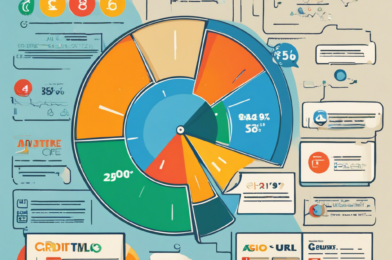Getting a tax refund can feel like a windfall – and it’s tempting to splurge on something indulgent. But before you plan that vacation or treat yourself to a shopping spree, consider using your refund wisely to improve your financial situation and build a more secure future. Here are some smart ways to use your tax refund this year:
-Pay Down Debt
One of the best ways to use your tax refund is to pay down any high-interest debt you may have. This includes credit card debt, which often comes with extremely high interest rates that can keep you trapped in a cycle of debt. Using your refund to reduce or eliminate these balances can save you money on interest and help improve your credit score. It’s also a good idea to prioritize paying down any other types of debt with high-interest rates, such as payday loans or title loans, which can have interest rates in the triple digits.
-Build an Emergency Fund
Life is full of surprises, and it’s important to be prepared for the unexpected. An emergency fund can help you cover unexpected expenses, such as a car repair or medical bill, without having to resort to high-interest debt. Aim to save enough to cover at least three to six months’ worth of living expenses. If you don’t already have an emergency fund, your tax refund can be a great starting point.
-Invest in Your Retirement
Another smart use of your tax refund is to boost your retirement savings. If you have access to a 401(k) or similar retirement plan through your employer, consider increasing your contributions. You could also open or contribute to an individual retirement account (IRA). The power of compound interest means the earlier you start saving, the more time your money has to grow.
-Save for Education
If you’re planning to pursue further education or have children who will be attending college, your tax refund can help fund this goal. You can contribute to a 529 plan, which is a tax-advantaged savings plan specifically designed for education expenses. Contributions grow tax-free, and withdrawals are also tax-free when used for qualified education expenses.
-Make Home Improvements
Owning a home comes with a never-ending list of maintenance and improvement projects. Your tax refund can help you tackle some of these projects, increasing your enjoyment of your home and potentially boosting its value. Whether it’s updating an outdated kitchen, improving energy efficiency, or finally fixing that leaky roof, using your refund for home improvements can be a wise investment.
-Invest in Your Health
Investing in your health can pay dividends in the form of reduced medical expenses and improved quality of life. Consider using your tax refund to catch up on any overdue medical or dental treatments. You could also invest in preventative measures, such as joining a gym or purchasing healthy foods that support your wellness goals.
-Support a Cause You Believe In
Finally, consider using a portion of your tax refund to support a charitable cause that’s close to your heart. Whether it’s a local organization that needs funding or a global charity making a difference, your donation can make a real impact. Not only will you feel good about supporting a worthy cause, but you may also receive a tax deduction if you itemize your deductions for the current tax year.
Remember, the key is to use your tax refund in a way that aligns with your financial goals and improves your financial situation. With a thoughtful plan, you can make the most of this opportunity and set yourself up for a more secure future.









